Steel, one of the most widely used materials in various industries, has long been valued for its strength, durability, and versatility. However, the integrity of steel structures can be compromised by various factors, one of which is the presence of hydrogen. Hydrogen embrittlement, a phenomenon where hydrogen infiltrates steel and significantly reduces its strength and ductility, has been a subject of extensive research. This article delves into the influence of hydrogen on the strength of steel, exploring the mechanisms, impacts, and potential mitigation strategies.
The Mechanism of Hydrogen Embrittlement
Hydrogen embrittlement occurs when hydrogen atoms penetrate the steel matrix. This process can happen during steel manufacturing, through corrosion reactions, or during service in hydrogen-rich environments. The hydrogen atoms diffuse into the steel and can accumulate at stress concentrators such as grain boundaries, dislocations, and microstructural defects.
Several mechanisms have been proposed to explain hydrogen embrittlement:
- Hydrogen-Enhanced Decohesion (HEDE): This theory suggests that hydrogen reduces the cohesive strength of the metal lattice, making it easier for cracks to propagate.
- Hydrogen-Enhanced Localized Plasticity (HELP): According to this mechanism, hydrogen increases the mobility of dislocations, which localizes deformation and leads to the formation of microvoids and cracks.
- Pressure of Trapped Hydrogen (PTH): This model posits that hydrogen trapped in microvoids and inclusions within the steel generates high pressure, causing the material to fracture.
Effects on Steel Properties
Hydrogen embrittlement can severely impact the mechanical properties of steel, including:
- Reduced Ductility: The presence of hydrogen decreases the steel’s ability to undergo plastic deformation before fracturing. This leads to brittle failure modes even in steels that are normally ductile.
- Decreased Tensile Strength: Hydrogen reduces the tensile strength of steel, making it more susceptible to failure under tensile loads.
- Lowered Fracture Toughness: Hydrogen embrittlement significantly lowers the fracture toughness of steel, which is the material’s ability to resist crack propagation.
- Fatigue Life Reduction: Hydrogen can also reduce the fatigue life of steel by promoting crack initiation and growth under cyclic loading conditions.
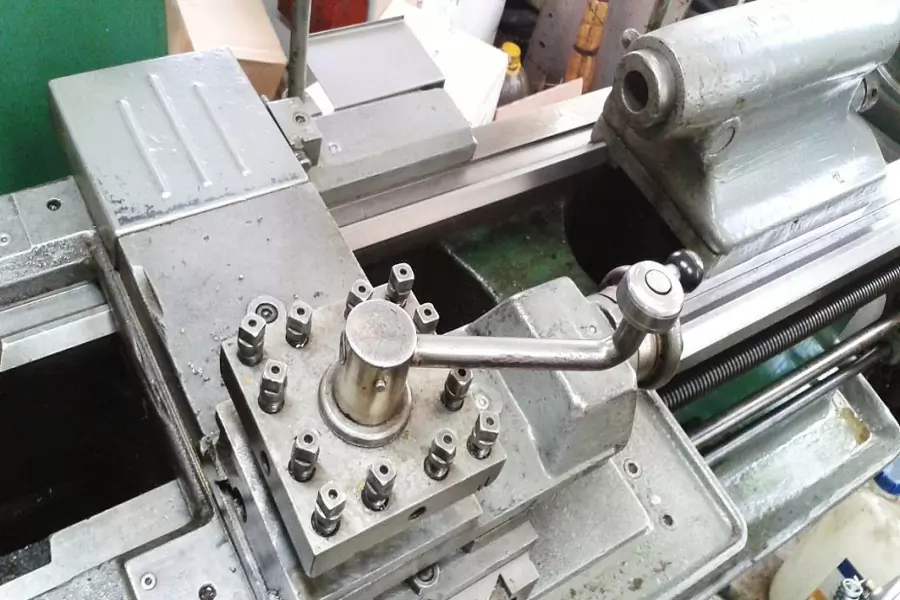
Experimental Methods for Studying Hydrogen Embrittlement
The influence of various capture positions can be grasped by the heating analysis method. Its influence includes the influence of dislocation increase after cold working, the influence of grain size, the influence of precipitates, the influence of residual and the precipitation of hydrogen after drying. In recent years, as research that can grasp the formation of lattice vacancies, research on new formation mechanisms has begun.
Researchers employ various methods to study hydrogen embrittlement in steel:
- Electrochemical Charging: This technique introduces hydrogen into steel through an electrochemical reaction, allowing researchers to control and measure the amount of hydrogen absorbed.
- Thermal Desorption Spectroscopy (TDS): TDS is used to analyze the amount and distribution of hydrogen within steel by heating the material and measuring the desorbed hydrogen gas.
- Fracture Mechanics Tests: These tests, such as the compact tension test, evaluate the impact of hydrogen on fracture toughness.
- Microscopy and Spectroscopy: Advanced techniques like Scanning Electron Microscopy (SEM) and Atom Probe Tomography (APT) provide detailed images and chemical analysis of hydrogen-affected areas within steel.
Mitigation Strategies
As we all know, the hydrogen in the material will be trapped at various trap positions (dislocations, grain boundaries, precipitates and inclusions, etc.). The heating analysis method is a very important analysis method, which can quantitatively separate and determine the hydrogen trapped at these trap positions. The previous analysis methods include electrochemical hydrogen transmission method, glycerin method and melting method, etc., but they cannot separate and detect the trapped hydrogen.
Several strategies have been developed to mitigate the effects of hydrogen on steel:
- Material Selection: Choosing steels with higher resistance to hydrogen embrittlement, such as those with lower carbon content or specific alloying elements, can reduce susceptibility.
- Heat Treatment: Proper heat treatment processes can alter the microstructure of steel, reducing hydrogen uptake and increasing resistance to embrittlement.
- Surface Coatings: Applying protective coatings can prevent hydrogen ingress, thereby mitigating the risk of embrittlement.
- Environmental Control: Limiting exposure to hydrogen-rich environments through design and operational practices can reduce the risk of hydrogen embrittlement.
Applications and Industry Impact
Hydrogen embrittlement is a critical concern in industries where steel is exposed to hydrogen, such as:
- Petrochemical Industry: In refineries and chemical plants, steel components are often exposed to hydrogen during processes like hydrocracking and hydrotreating.
- Aerospace and Aviation: High-strength steels used in aircraft landing gears and other critical components are susceptible to hydrogen embrittlement.
- Automotive Industry: With the rise of hydrogen fuel cells, understanding and mitigating hydrogen embrittlement in automotive steel components is increasingly important.
- Energy Sector: The use of hydrogen in energy storage and fuel cells necessitates steels that can withstand hydrogen exposure without significant loss of mechanical properties.
Future Directions
Research on hydrogen embrittlement is continually evolving. Future studies aim to:
- Develop Advanced Alloys: Creating new steel alloys with enhanced resistance to hydrogen embrittlement remains a key goal.
- Improve Understanding of Mechanisms: Advanced modeling and simulation techniques are being developed to gain deeper insights into the fundamental mechanisms of hydrogen embrittlement.
- Innovate Testing Methods: Developing more accurate and representative testing methods to simulate real-world conditions will help in better assessing material performance.
- Industry Collaboration: Increased collaboration between academia, industry, and government bodies will drive the development of standards and best practices for mitigating hydrogen embrittlement.
Conclusion
Hydrogen embrittlement poses a significant challenge to the integrity and performance of steel in various applications. Understanding the mechanisms through which hydrogen affects steel, and developing effective mitigation strategies, is crucial for ensuring the reliability and safety of steel structures. Ongoing research and innovation will continue to enhance our ability to combat this phenomenon, ensuring that steel remains a cornerstone of modern engineering and technology.
However, the amount of diffusible hydrogen and delayed fracture characteristics are not related to each other. The relationship between the two is based on the comparison of the critical diffusible hydrogen amount (Hc), which is an inherent ability in steel, and the amount of diffusible hydrogen (He) infiltrated from the environment. Study the method of judgment.
While quantifying hydrogen, it is an important issue to visualize where the hydrogen exists. As its means, there are tritium electrophotographic autoradiography, tritium roentgen radiography, secondary ion mass analysis, scanning photoelectron chemical microscopy, and hydrogen microscopy. Among them, hydrogen photomicrography has high sensitivity and resolution in principle, so special equipment is required.
In the case where the infiltrated hydrogen affects delayed fracture, even if it is the same steel material (infiltrated from the environment), the infiltrated hydrogen will vary depending on the environment, and the resulting delayed fracture characteristics will also change.
The delayed fracture characteristics of various 1100MPa grade steels under different environments were investigated. The harsher the environment, the worse the delayed fracture characteristics of boron steel, but the delayed fracture characteristics of SCM345 increase instead. As a result, it can be seen that due to the difference of the environment, the evaluation of delayed fracture characteristics will be reversed.
The fracture evaluation of bolts produced with the same steel grade after actual bare use is consistent with the evaluation after the use test in a moderate environment. This is also consistent with the recent research reports of the Institute of Architecture and the Research Institute of Material Materials. This implies that in the development of new materials such as high-strength steel, the environment for the delayed fracture test must also be well considered.
The Detail Of BE-CU Die Casting Company

If you are looking for dependable volume manufacturing metal parts supplier with High pressure die casting service who offers you competitive price, good service and quality for aluminium die casting, zinc, or magnesium die casting, then BE-CU Prototype are surely a partner you are looking for to fulfill all your die casting needs. With quality service and state of art technology, BE-CU indeed claim in providing quality pressure die casting including aluminum/zamak/magnesium alloy castings to our customers all over the world.
To work with us,be-cu don’t just stop at taking your order and delivering your die casting products. be-cu are there for you at every step right from your preferred selection of aluminum die casting, Zamak die casting (Zamak 2, Zamak 3, Zamak 5, Zamak 8) or magnesium die casting products and services to post-order phase. In brief, once you become our customer, be-cu are with you every step on the way.
-
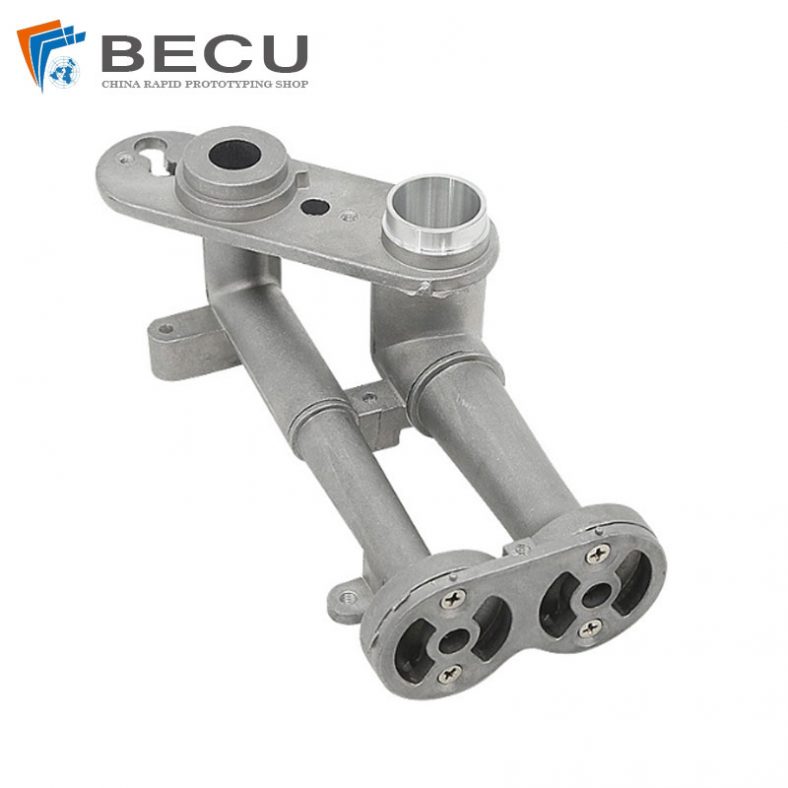
CNC Machining Gas Stove Bottom Joint
-

Gravity Die Casting Custom Street Light Heat Sink
-
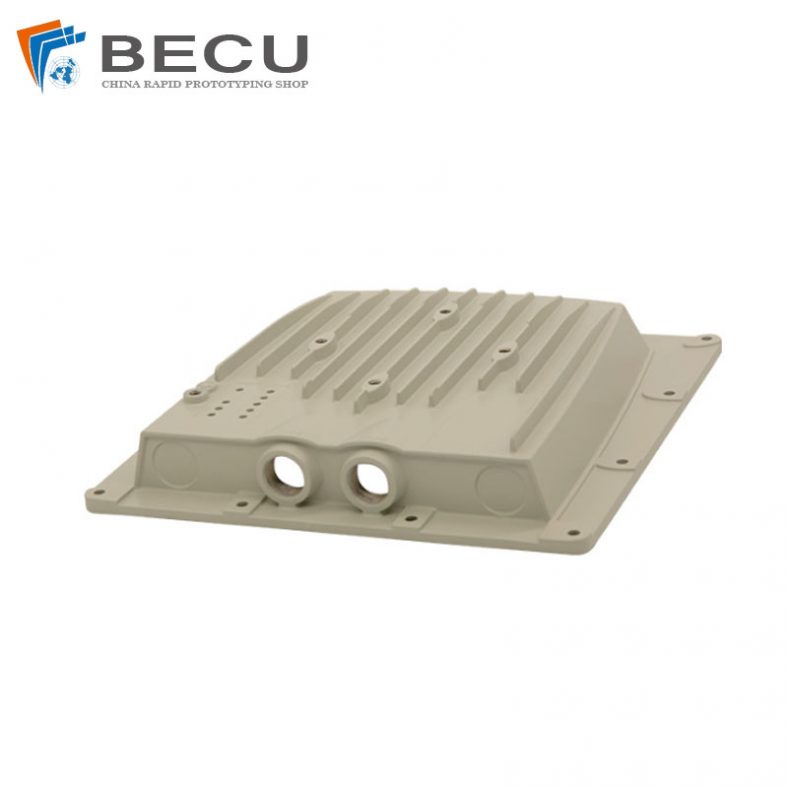
Die Casting LED Canopy Lights Heatsink For Gas Station
-
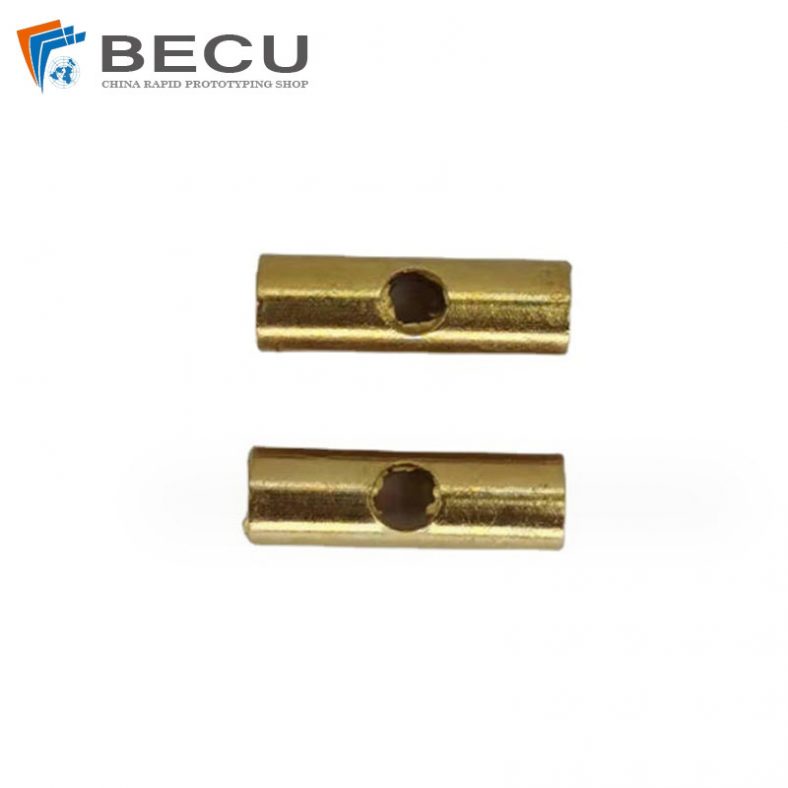
Zinc Die Casting PA10 Transformer Connector Terminal
-
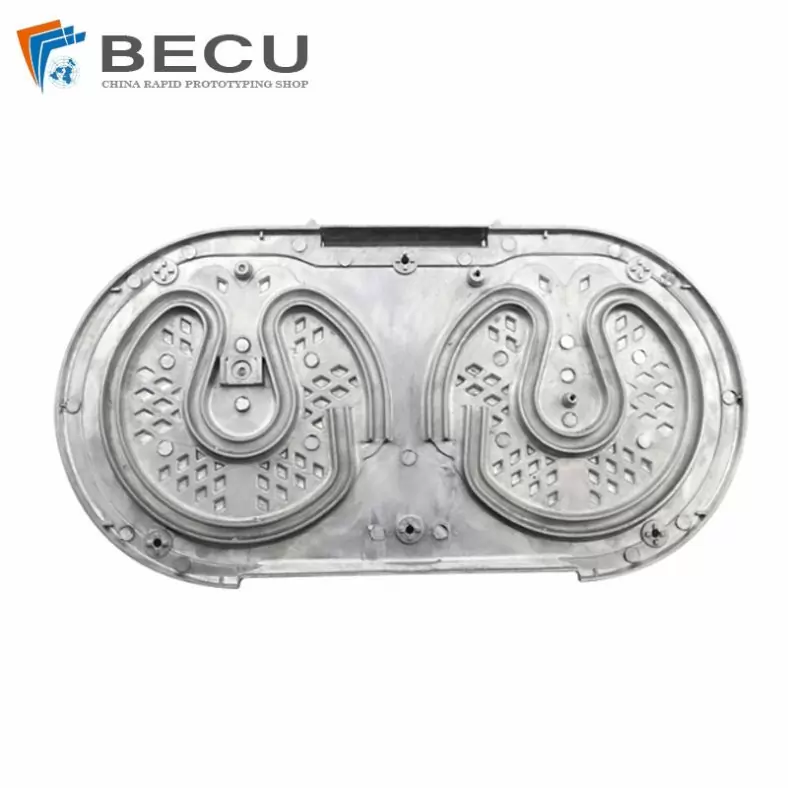
Die Casting Aluminium Cookware Chassis
-

Die Casting Wheels With Aluminum Alloy 5 Axis CNC Machining
-
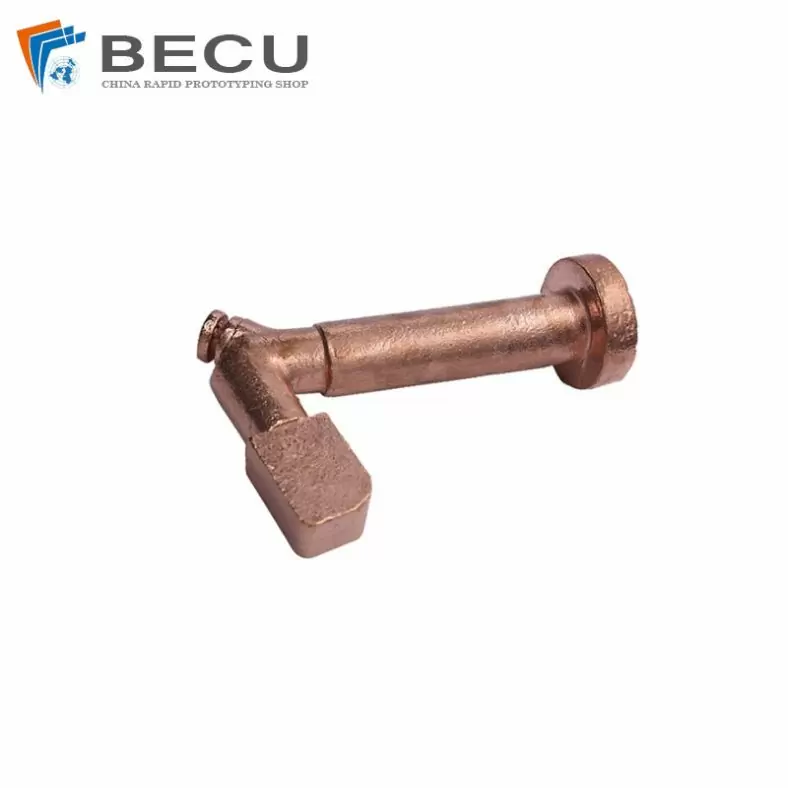
Precision Machined Copper Die Casting Parts
-
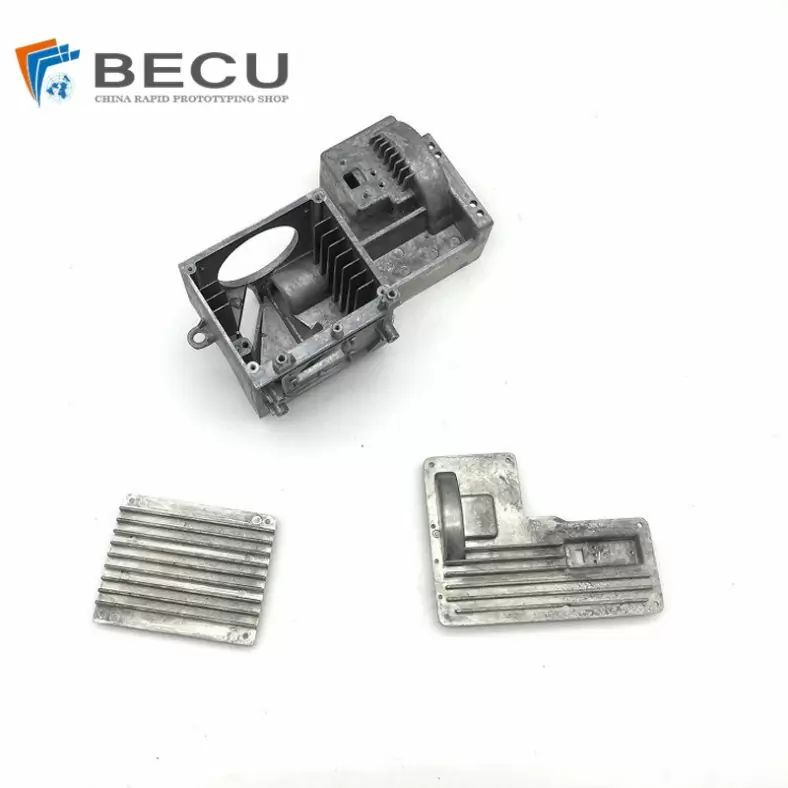
Professional Small Baler Aluminum Alloy Die-casting Mold Production
-
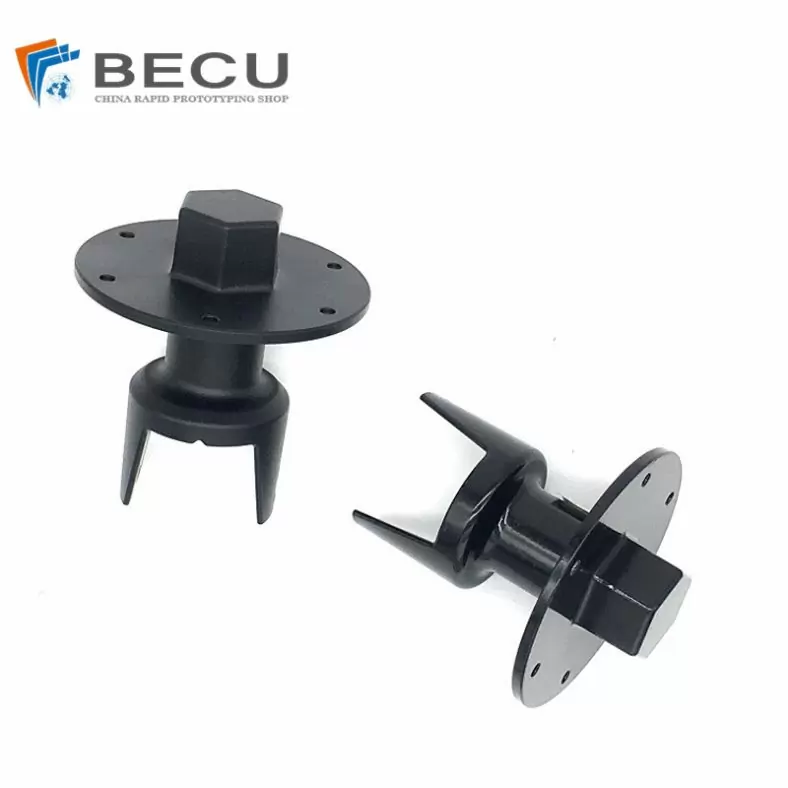
China Die Casting Factory Manufactures Surface Sprayed Aluminum Valve Body
-
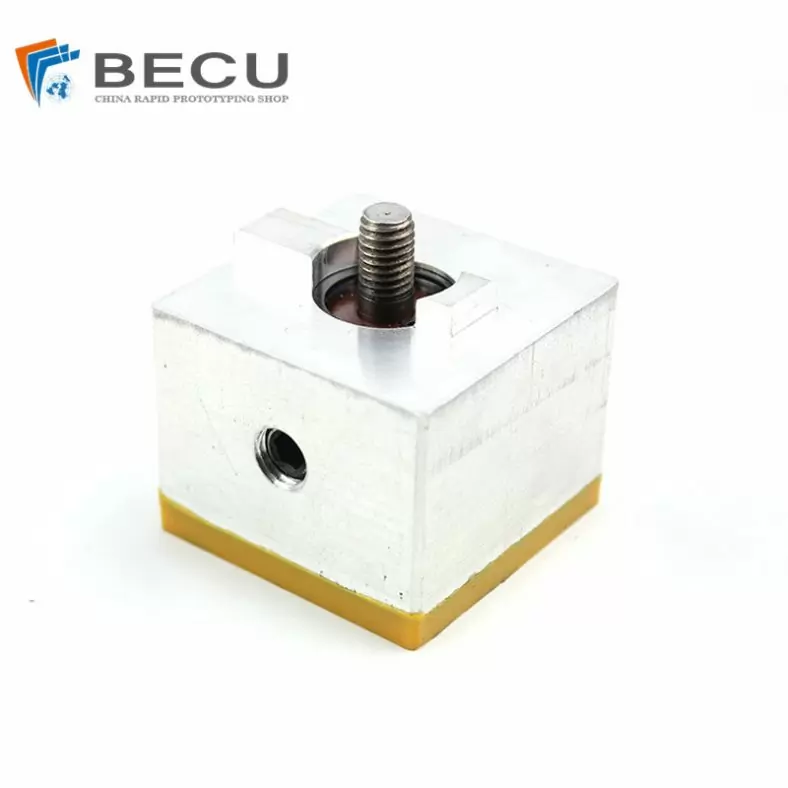
Extrusion Die-casting Polyurethane-Coated Aluminum Alloy Profiles
-

Custom Precision Aluminum Die Cast Brackets and Finishes
-
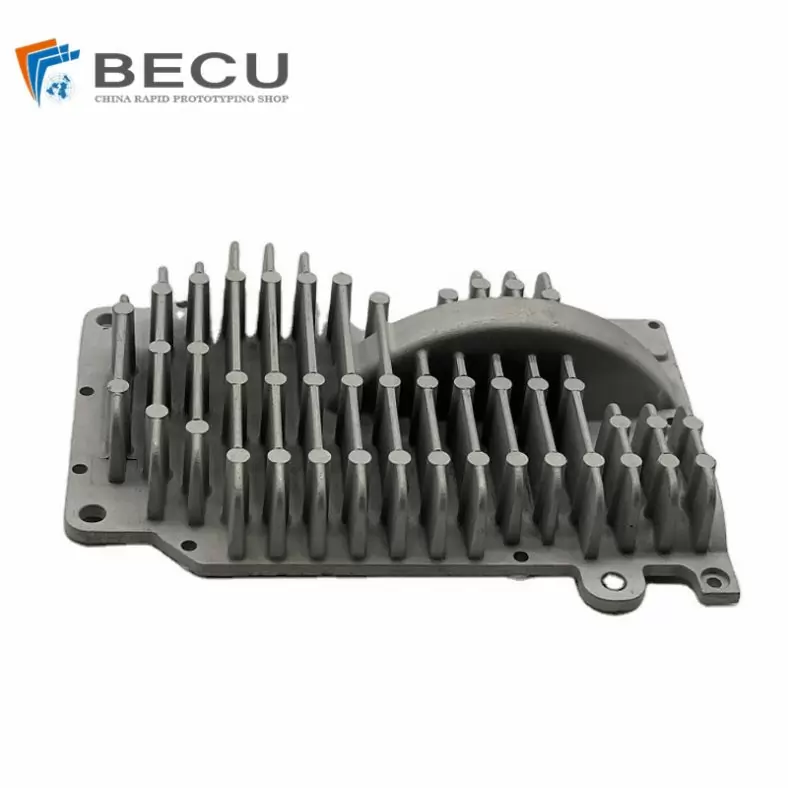
Extrusion Die-casting Magnesium Alloy Heat Sink Shell
